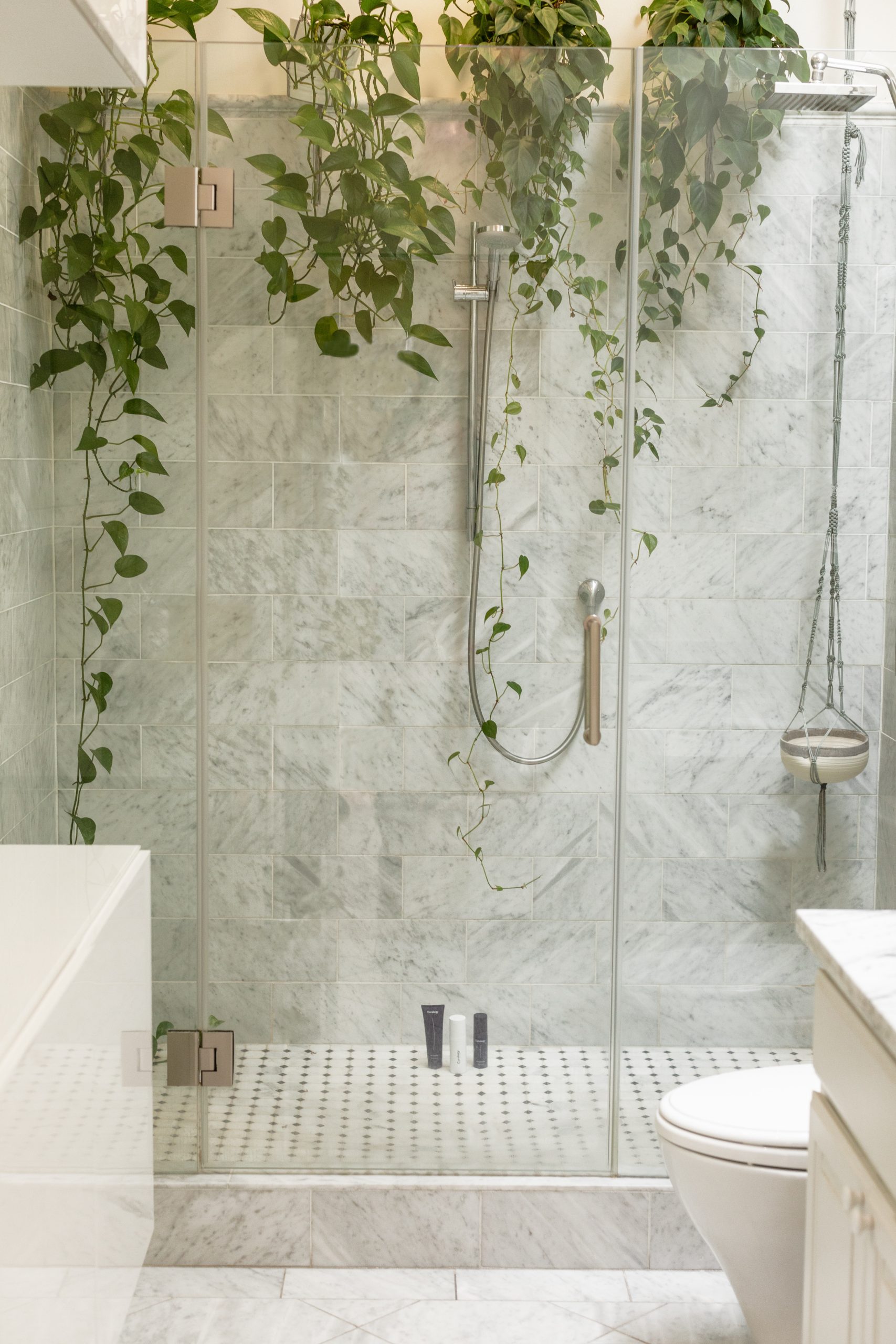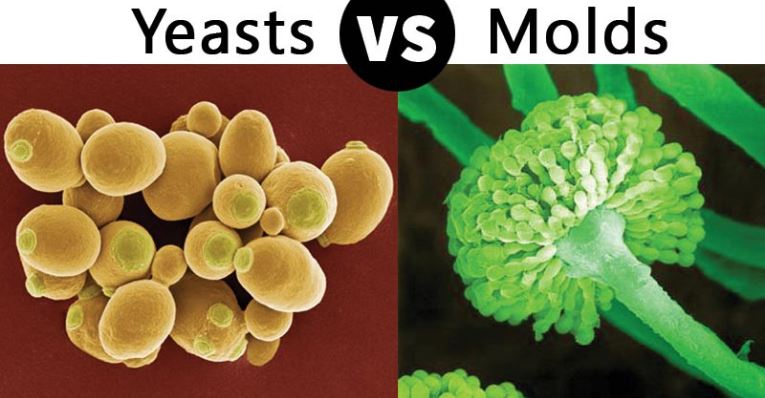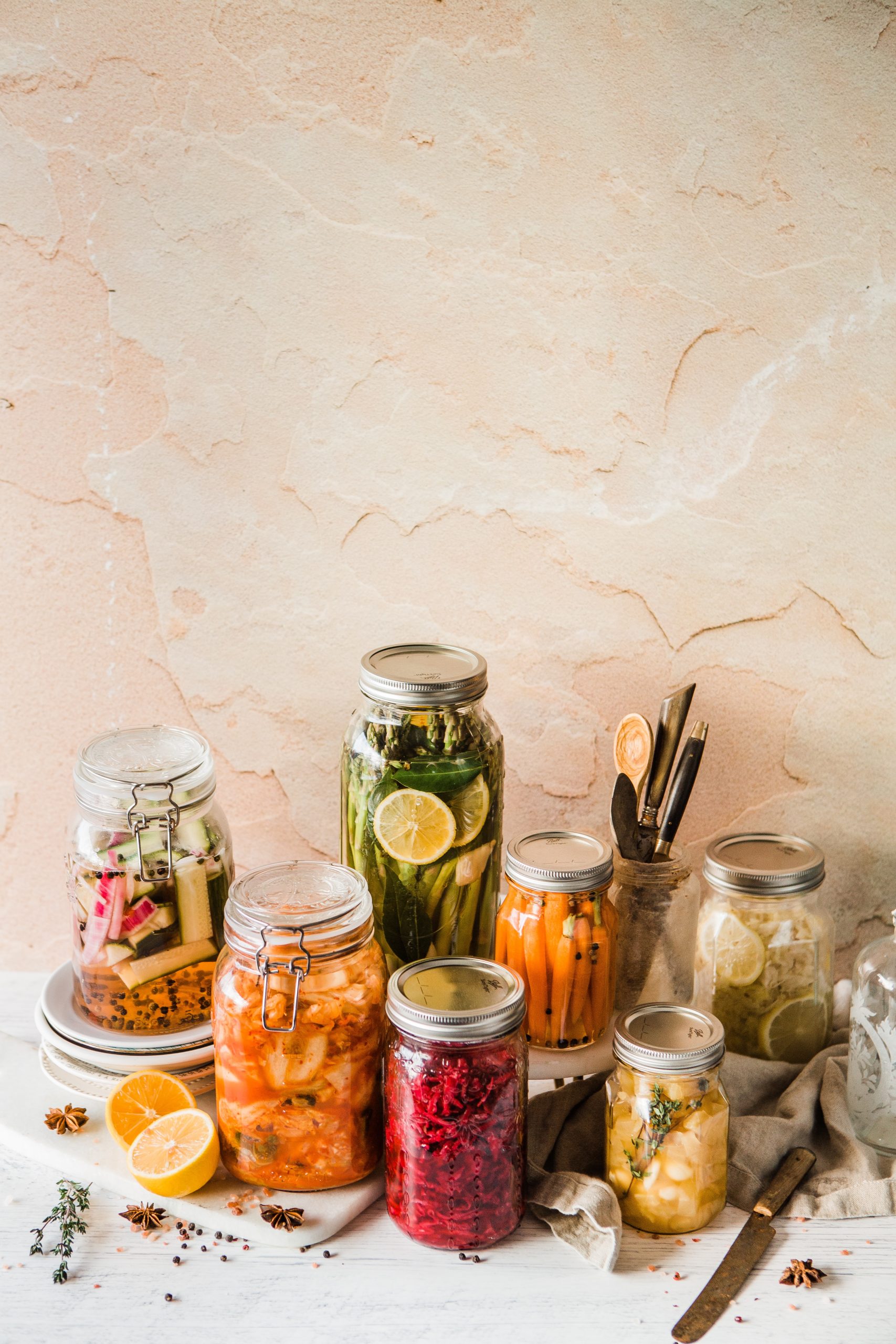Getting rid of the ICK: Mold in the Shower
Getting rid of the ICK: Mold in the Shower
Mold growth in the shower seems to me like cockroaches in a house: even luxury homes sometimes have problems with each, and sometimes it takes a number of attempts to find a non-toxic solution for them! The shower just happens to be the ideal place for mold to grow (moisture, food, air and heat are all applied daily!), so keeping the shower from looking like a petri dish can be challenging. Let us help you with this problem!
Since we know, wittingly or unwittingly, how to grow mold, we can look at its life source requirements and see if we can eliminate one or more to get a mold-free shower.
Moisture: You would think that taking the “wet” out of a shower is impossible. Of course, the shower will often be wet, but the important bit is that it’s not continually wet or wet for long periods. There are various ways to dry it out after showering; check to see if there are any that you haven’t tried!
Make the surfaces hydrophobic: Hydro-what? Hydrophobic is the characteristic of products like Rain-X: they repel water instead of absorbing them, so that water drops roll right off. The active ingredient in Rain-X is Polydimethylsiloxane (PDMS), which is rated a “1” on scale of 1-10 by the Environmental Working Group (meaning it’s of very low toxicity). In fact, here’s a tip that has worked well for me: after thoroughly cleaning your shower as well as you can (see next section), give all the surfaces, glass and otherwise, with a coat or two of Rain-X to make the water slide right off.
Squeegee: This tool, normally in the hands of a window-washer, is also useful for removing water from flat surfaces in the shower. It can work somewhat on tile if the tiles are large and flat, but it works on glass even better.
Drain: Obviously, the water has to have somewhere to go. If your drain is not working well, you can enlist the help of a plumber. While the plumber is involved, inquire whether the venting of the drain is adequate (if a vent is too distant or non-existent, the drain does not work well and can cause mold build-up). If the slope of the shower pan leaves puddles in the floor, it might be prudent to think about replacing or remodeling the shower, because continually wet floors are not only unsanitary, they’re unsafe!
Food: Molds can dine on just about anything, and dead skin cells and even bodywash and hair shampoo are on the menu. That’s why regular cleaning can break the mold chain even if the other “links” like moisture, air and heat are present. Find a non-abrasive sponge or brush to avoid damage, and go to town with a non-toxic cleaner:
TotalClean is our odorless powerhouse cleaner that can be used on any surface
Earth Clean is especially good as a degreaser if you have buildup of waxy products (citrus scent)
Force of Nature is a method of making electrolyzed water, which is a completely safe and natural disinfectant that can be used for hand sanitizing and cleaning all areas in your home that can tolerate water! They have a line of reusable bottles and travel-size sprays that are great for the environment.
Vinegar-based cleaners also work, however make sure that they are safe for your shower surface first (for example, they should never be used on travertine or marble, both of which are a type of limestone that can be damaged by acids).
Air: Of course, you can’t eliminate air from your bathroom, and some molds are even anaerobic anyway (meaning they can survive on little to no air!). What’s best is if you can change out the air as much as possible, sweeping away excess humidity and mold spores with it. This is what a good bathroom exhaust fan is for: get the air moving! Professional restoration companies do the same when they bring in big blowers: air movement speeds up the drying process because it promotes evaporation of water from all the surfaces. Check out our article on how to check if the size and venting arrangement of your bathroom exhaust fan is optimal. Getting members of your household to use it is another feat, however this can be automatic if you have an electrician wire the switches together so that the vent always comes on with the light. Also, here’s another way to “condition” the air in your bathroom to avoid mold: use a Germ Defender 24/7. The ions created by the Germ Defender not only destroy mold and its spores in the air and on surfaces, it also sanitizes surfaces after they’ve been contaminated by the dreaded toilet plume.
Heat: Anyone who’s cleaned out a refrigerator knows that heat is not a pre-requisite for mold to grow! However, it certainly makes a more hospitable environment for many molds to flourish. Using your bathroom exhaust vent after showering certainly helps reduce moist heat in the air.
There are also many products worth mentioning that can keep your shower cleaner for longer.
That pink slime that forms around your drains and shower corners can also populate the shower head, and it’s not good! It’s actually caused by the bacteria Serratia marcescens, and can cause urinary and respiratory tract infections, which are especially problematic for people with immune problems. (Not So Pretty in Pink: What Is That Pink Slime in My Bathroom?) There are other types of harmful bacteria in there as well, such as NTM (nontuberculosis mycobacteria). Soaking your showerhead to clean it does not fully resolve the problem, because it does not dry out. If you can’t seem to get rid of it from the shower spray head, swap it out with one of these:
Shower Clear Shower Heads ($299-319) are made of brass (a naturally anti-microbial material) and are made to open fully to dry out between uses.
This showerhead by Niagara ($28) features a removable faceplate that will also allow the showerhead to dry between uses.
AquaDance Antimicrobial has antimicrobial rubber tips that also prevent minerals from clogging the spray jets. (It uses the material Microban, which does contain quaternary ammonium compounds or “quats”, however).
Thankfully, there are several good changes happening in the shower curtain market. For one, PVC shower curtains are being phased out and replaced with PEVA or EVA. Polyvinyl chloride, or PVC for short, is that plastic with the strong smell that emits toxic VOCs which can disrupt hormones, liver and kidneys, and your nervous system. EVA (ethylene vinyl acetate) is a safer alternative to PVC, but some EVA contains formamide. Formamide is used to make the foam soft, but it’s considered to be carcinogenic and a developmental toxin that can be absorbed through the skin. If you’re considering purchasing one of these doors made from EVA, it’s best to contact the manufacturer to ask if their product contains formamide. (hellonaturalliving.com)
Sustainable Jungle also gives many organic and sustainable options to plastic shower curtains!
Check out how I used TotalClean, our non-toxic all purpose cleaner, to clean the pink stains off the hem of my shower curtain.
And finally, what about your washcloth? Experts say it’s a good idea to use a new one everyday, or at least several times a week. Since it’s usually hanging in the moist shower, washcloths and scrubbies take a long time to dry, allowing microbes to grow and establish in the fibers.
Since bathrooms are among everyone’s least favorite rooms to clean, and showers and toilets certainly also near the bottom, I’m liking the concept of wetrooms more and more. Wetrooms are waterproofed bathrooms (at least all of the floor and some distance up the walls) that can be wetted and cleaned all in one go. If you can’t do that, at least make your cleaning tools easy to use and accessible:
This Turbo Handheld Sprayer by Clorox ($50) eliminates the tiring pump, pump, pump of handsprayers. Used with non-toxic cleaners like we suggested above, this could be a game-changer! We don’t recommend the Clorox Turbo (or Turbo Pro) however, because it uses alkyl dimethyl benzyl ammonium chlorides, which can have asthma, respiratory, reproductive and developmental effects according to the Environmental Working Group.
E-Cloths Shower Cleaning Kit ($15) requires only water to have a sparkling shower. Once you’ve cleaned it, use these two cloths on a regular basis (with no chemicals) to keep it clean.
The shower squeegee is a good way to remove water from the glass surfaces, but what about all the corners, curves and floor area? If you thought about this before designing your bathroom, you might install an Airmada Air-Jet Shower Drying System. It directs compressed air through special nozzles on the walls and ceiling of your shower, and can operate on a timer so that without your effort, water is removed from the equation and mold doesn’t have a chance to grow. Another perk is that everyone can walk into a dry bathroom, no matter how many people have showered before you. Now that is a great use of technology!



